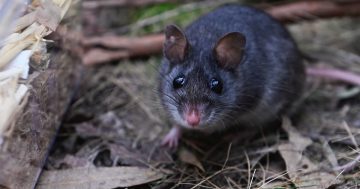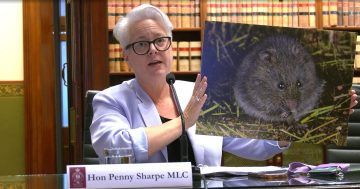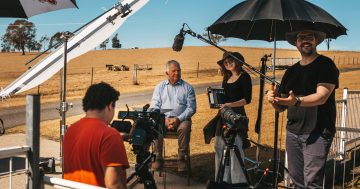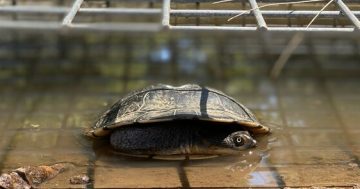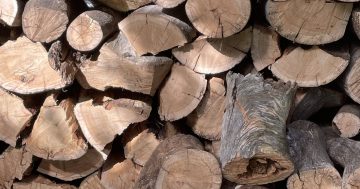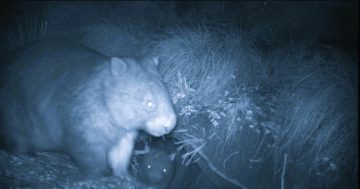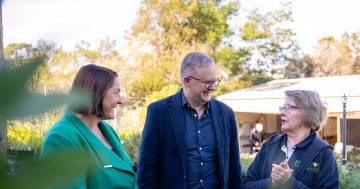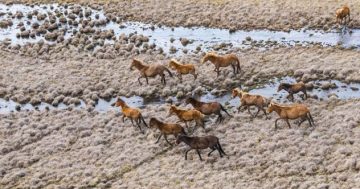
Southern brown bandicoot numbers were detected at an all-time high in the Ben Boyd National Park last year due to an effective and ongoing fox control program. Photo: NSW DPI.
In an incredible tale of recovery, the numbers of some species of native animals have rebounded on the Far South Coast after their habitats were devastated by bushfires over two years ago.
At the end of 2019 and the start of 2020, the Black Summer bushfires covered about 60 per cent of the Bega Valley Shire, which cost 467 homes, about 1000 sheds and outbuildings and, tragically, the lives of four people.
A World Wildlife Fund Australia report estimated nearly three billion animals had been killed or displaced by the flames nationwide.
This comprised 143 million mammals, 2.46 billion reptiles, 180 million birds and 51 million frogs.
But earlier this month the NSW Department of Primary Industries (DPI) delivered the good news that endangered bandicoots have rebounded in areas of southern NSW damaged by the blazes.
Senior research scientist Andrew Claridge said the southern brown bandicoot in Ben Boyd National Park, where an effective fox control program had been implemented, was detected at an all-time high in 2021.
The national park is near Eden and was damaged in the fires.
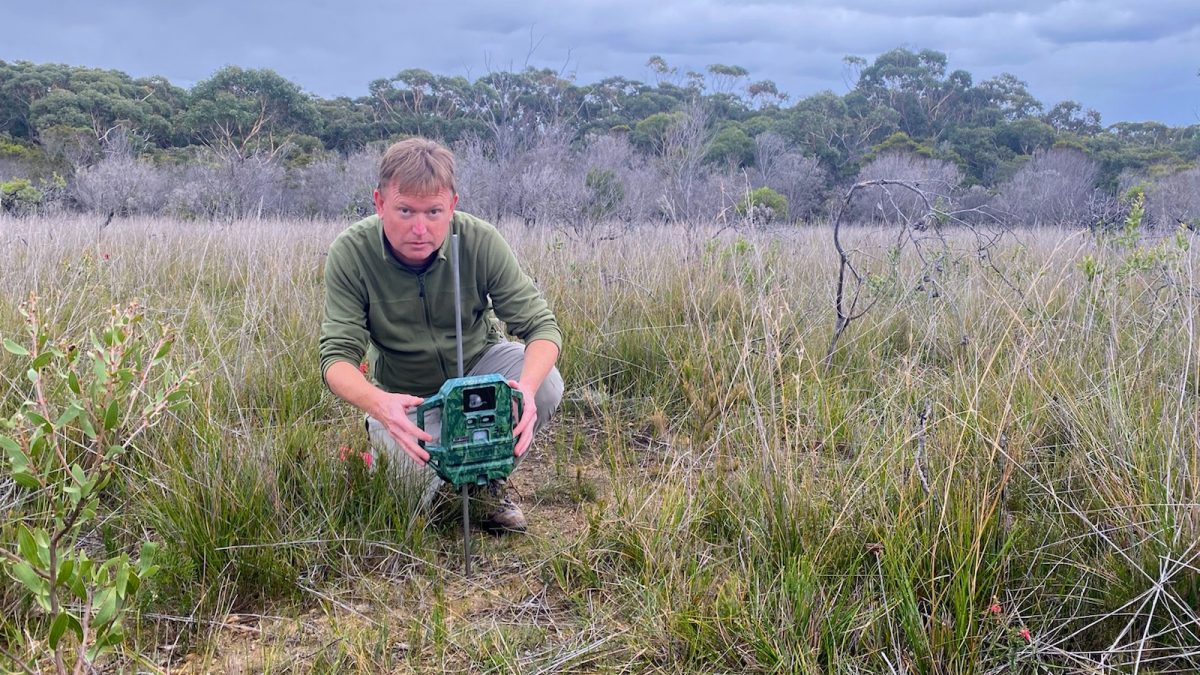
Andrew Claridge inspects a camera trap that monitors an ongoing predator control program. Photo: DPI.
Mr Claridge said while the immediate impact of the bushfire was extreme, monitoring work in the region by the DPI and NSW National Parks and Wildlife Service found recovery from the fires has been quick for some species.
“Proactive management of pest species, including foxes and feral cats, has provided an edge which has allowed native animals to better recover after bushfire,” he said.
“Just one to two years after extreme bushfire, some native fauna have returned at close to, and in some cases exceeding, levels prior to the fires.”
Southern brown bandicoots were at about 50 per cent of monitoring sites, while long-nosed bandicoots were at over 40 per cent of the sites, which was on par with numbers from the past decade.
The long-nosed potoroo was detected at around 25 per cent of monitoring sites, but this was still double the rate of the year immediately after the bushfires.
The DPI said much of the available cover for animals – understorey vegetation including heath, ferns and sedges – had been destroyed due to the fires.
However it said despite concerns of long-lasting impacts, monitoring had demonstrated native animals had been resilient to fires, especially where the long-term fox control program has been undertaken.
The southern brown and long-nosed bandicoots are listed as endangered species in NSW, while the long-nosed potoroo is listed as vulnerable in the state.






